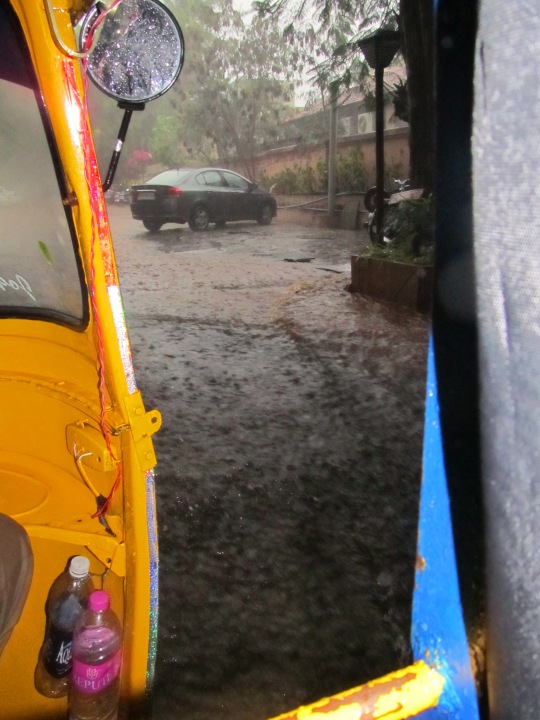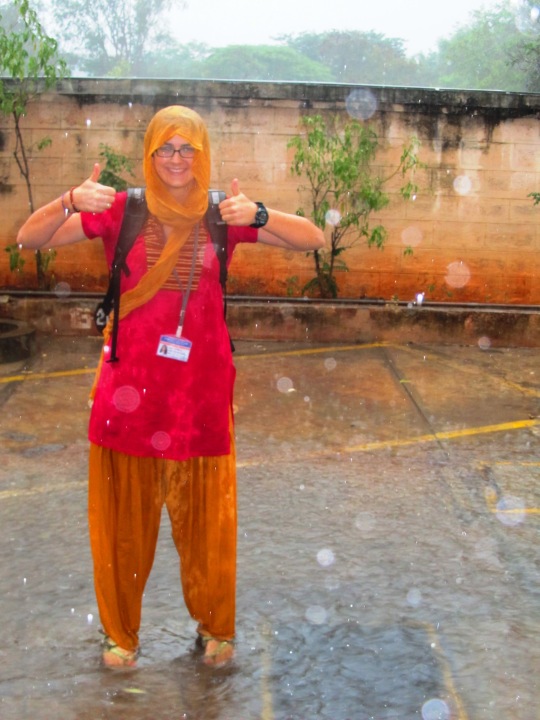ISP Staff member Jonathan Pinckney reflects on a lecture last week as part of the ISP Lecture Series, brought to us by Professor John Itty, of the
Vichara Collective based in Mavelikara, Kerala. Professor Itty spoke on the necessity of re-thinking the traditional development model, something especially relevant in light of the
Occupy Wall Street movement taking part across the states and the west at large.
 |
| Professor John Itty addresses ISP and BACAS students on development at the first lecture in the ISP Lecture Series. |
Today in the USA economists worry about the possibility of a
“double dip recession,” protesters occupy Wall Street – and the bankers and
corporate executives who led the global economy to the brink of ruin three
years ago are buying new mansions and bigger yachts as their companies record
record profits. Meanwhile today in
India the government continues to defend why it considers 26 rupees
a day (about 50 cents) an acceptable standard of living for India’s poor – and
the increasing number of South Asian billionaires build more and more elaborate
mansions with the money which record “economic growth” has provided them. What’s wrong with this picture? Where did we go wrong when, contrary to
the “rags to riches” American ideal, the rich only grow richer and the poor
grow poorer?
To
speak about some of these questions for the first lecture in our “ISP Lecture
Series” we invited Dr. John Itty, an Indian economist and representative of the
Vichara collective to speak about “development” and how it
might be more equitably re-envisioned.
Traditionally development has been viewed in terms of simple dollars and
cents, or, on the national scale, in terms of GDP (Gross Domestic Product), a
measure of the total amount of goods and services produced in a country in a
year. GDP is the benchmark for how
well a country’s “development” is progressing. Countries with high GDPs (The USA, UK, France, Japan, etc…)
are considered “developed” and countries with low GDPs (African nations, some
Asian nations, etc…) are considered “undeveloped” or “underdeveloped” or, in
more politically correct language, “developing.”
The
problem with this approach is that it considers the ultimate good in people’s
lives to be purely material, purely based on things that one can buy and sell. It doesn’t take into account any number
of things which can define whether an increase in GDP actually translates to an
increase in people’s quality of life.
A rise or fall in GDP says nothing about environmental degradation,
about education, or about the strength of the family. Indeed, because of the wider impacts of industrialization
and urbanization necessary to increase GDP a rise in GDP may mean that these
much more real measures of quality of life are damaged. And of course the GDP measurement says
nothing about who gets the lion’s share of those goods and services, usually
the top 1 to 10 per cent of people on the socio-economic ladder. And because these top 1 to 10 per cent tend to own the
companies which sell most of those goods and services, a rise in GDP means a rise
in their wealth.
 |
| ISP and BACAS students and friends of ISP listen as Professor Itty speaks on how the current model of GDP-based development is unsustainable. |
This
focus on GDP by the world’s economic “experts” indicates a deeper global
cultural trend: across the globe people have been brainwashed into believing in
frantic consumption as gospel truth.
Corporate executives and advertising agencies make millions of dollars
convincing us, whether we’re in Coimbatore, India or Columbus, Ohio, that what
we have is never good enough – that our happiness depends on having a flat-screen
TV or an SUV or a house that’s just a little bit bigger than our
neighbors’. But the frank reality
is that this is a fantastic con job played on the poor and the middle class in
order to line the pockets of the world’s politicians and corporate
executives. A new car or a new house or a new gadget
will not make you happier, will not make your society stronger, will not create
“economic development.” And
neither will new cars, new houses, or new gadgets in and of themselves make
life better for the world’s 1,345 million poor people people who live on less than $1.25 a day,
300 million of them in India. The
more we buy into this myth the more we centralize wealth and power in the hands
of the super-wealthy and the more we alienate and dis-empower the world’s poor
and middle classes.
So what to do with this backward
way of looking at “development?”
Ultimately, Dr. Itty said to us, the responsibility lies with each of us
as consumers, us as the drivers of this economic tornado. We must detach ourselves from this
endless race for more, more, more and instead seek the things that truly lead
to a “life abundant.” We must
affirm in our own lives, in our communities, in our churches, that life is more
than money, that the underclass is more important than the bottom line. We must say by the things we buy, the
way we live, and the people we vote for that we don’t believe in the corporate
worldview that money and possessions equal happiness. As Jesus says in the
Sermon on the Mount (paraphrasing): “Do not build up for yourselves a high GDP
on earth, where economic crises destroy and insider traders break in and steal,
but build up for yourselves treasures in heaven.” That’s a message that all of
us should listen to; on Wall Street, Washington DC, or the Western Ghats here
in southern India; and if we let it sink in its impact on our lives will be
revolutionary.


















































